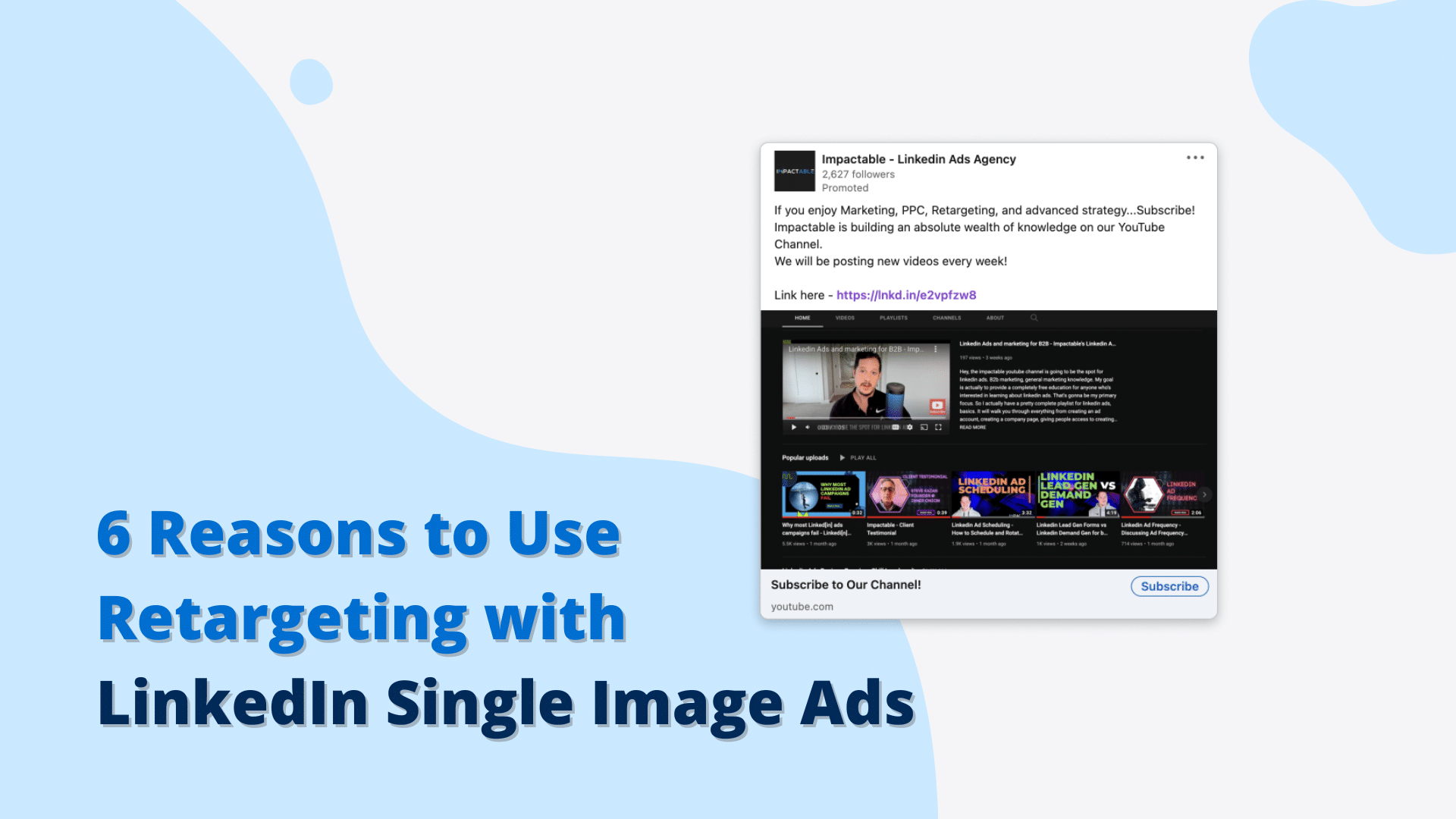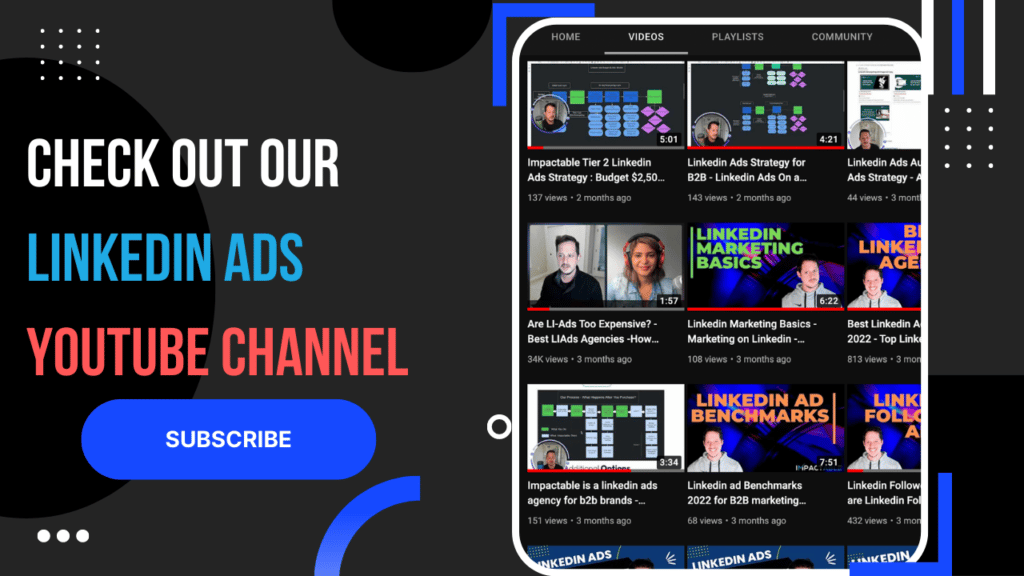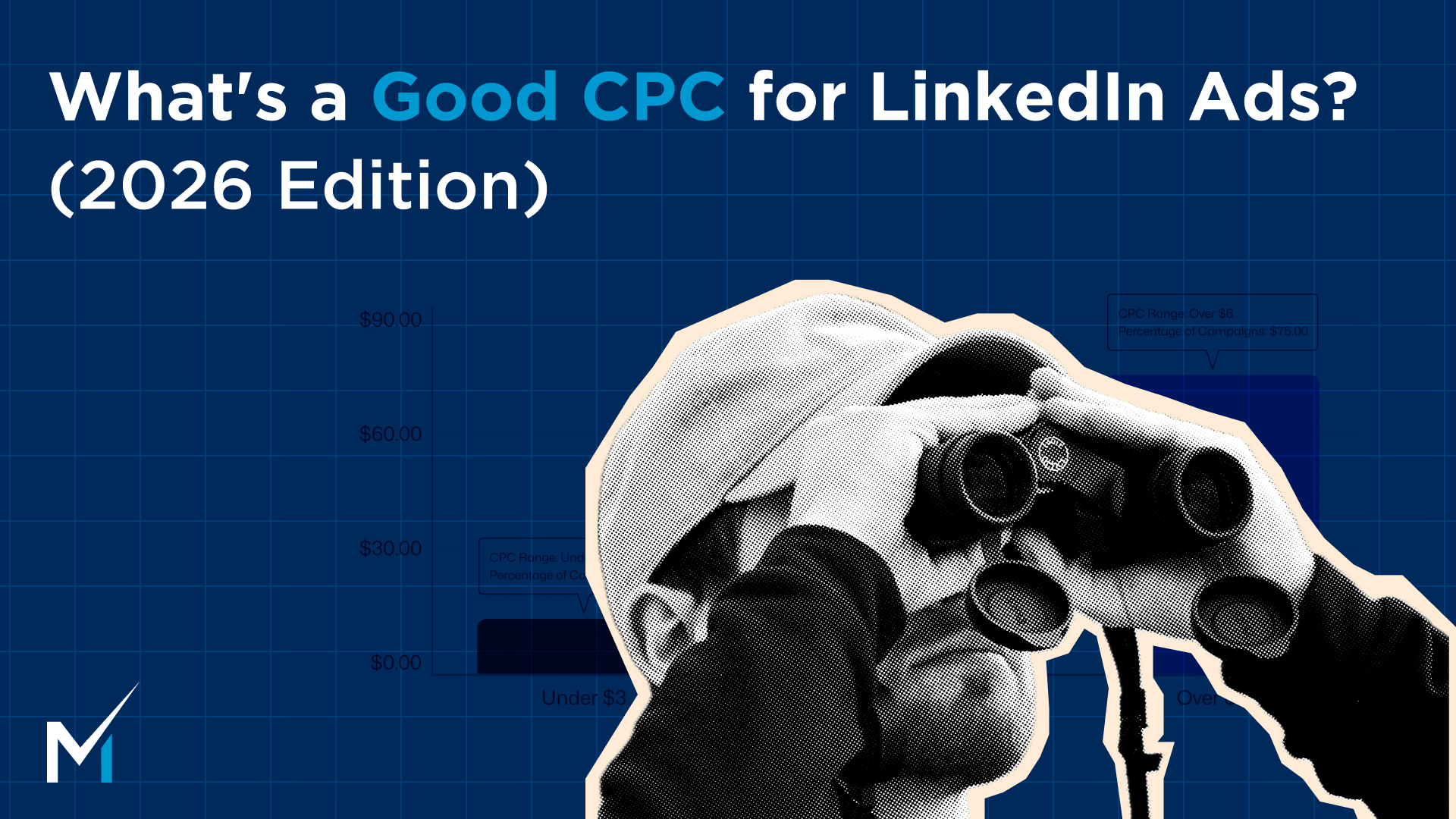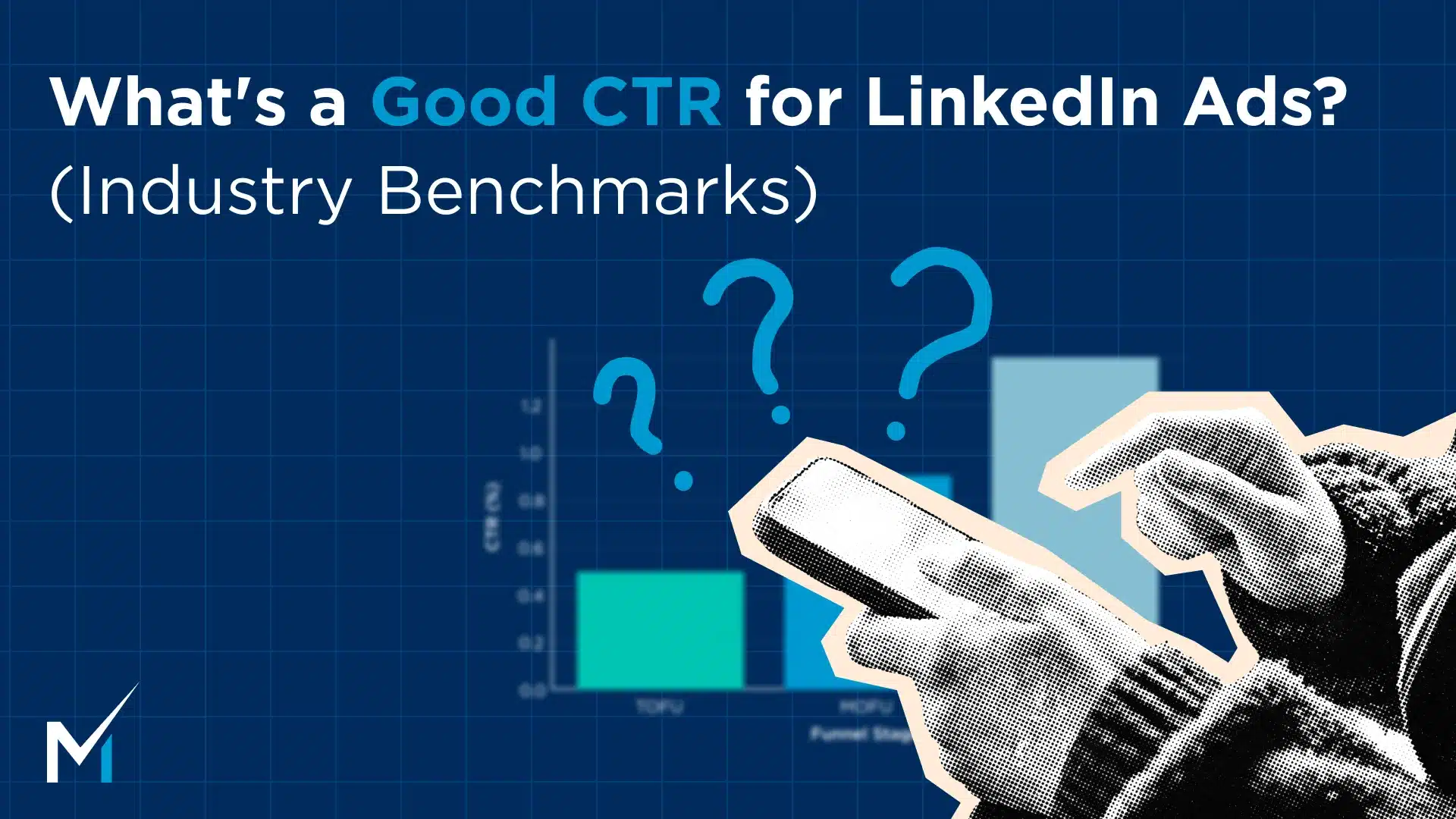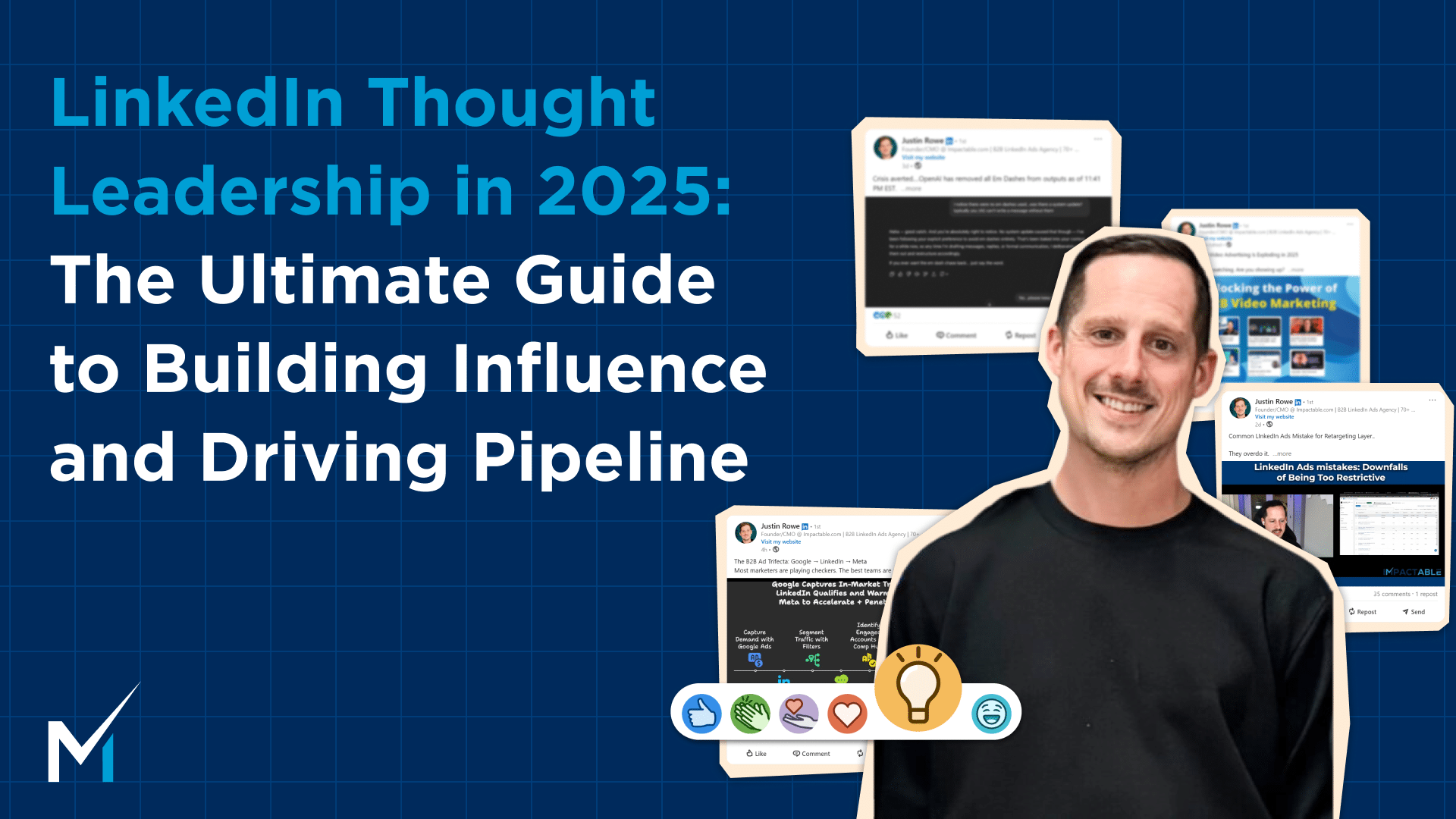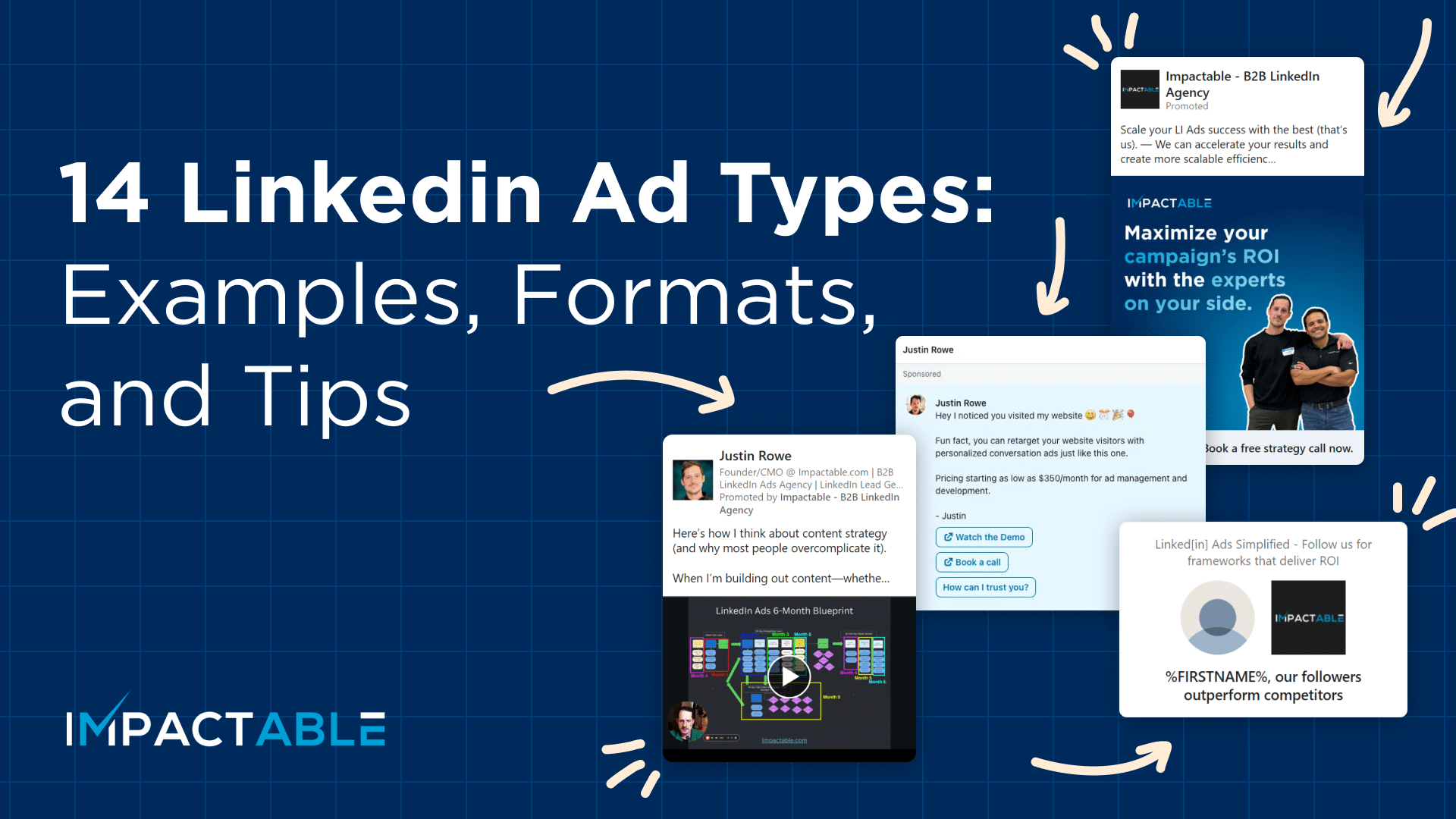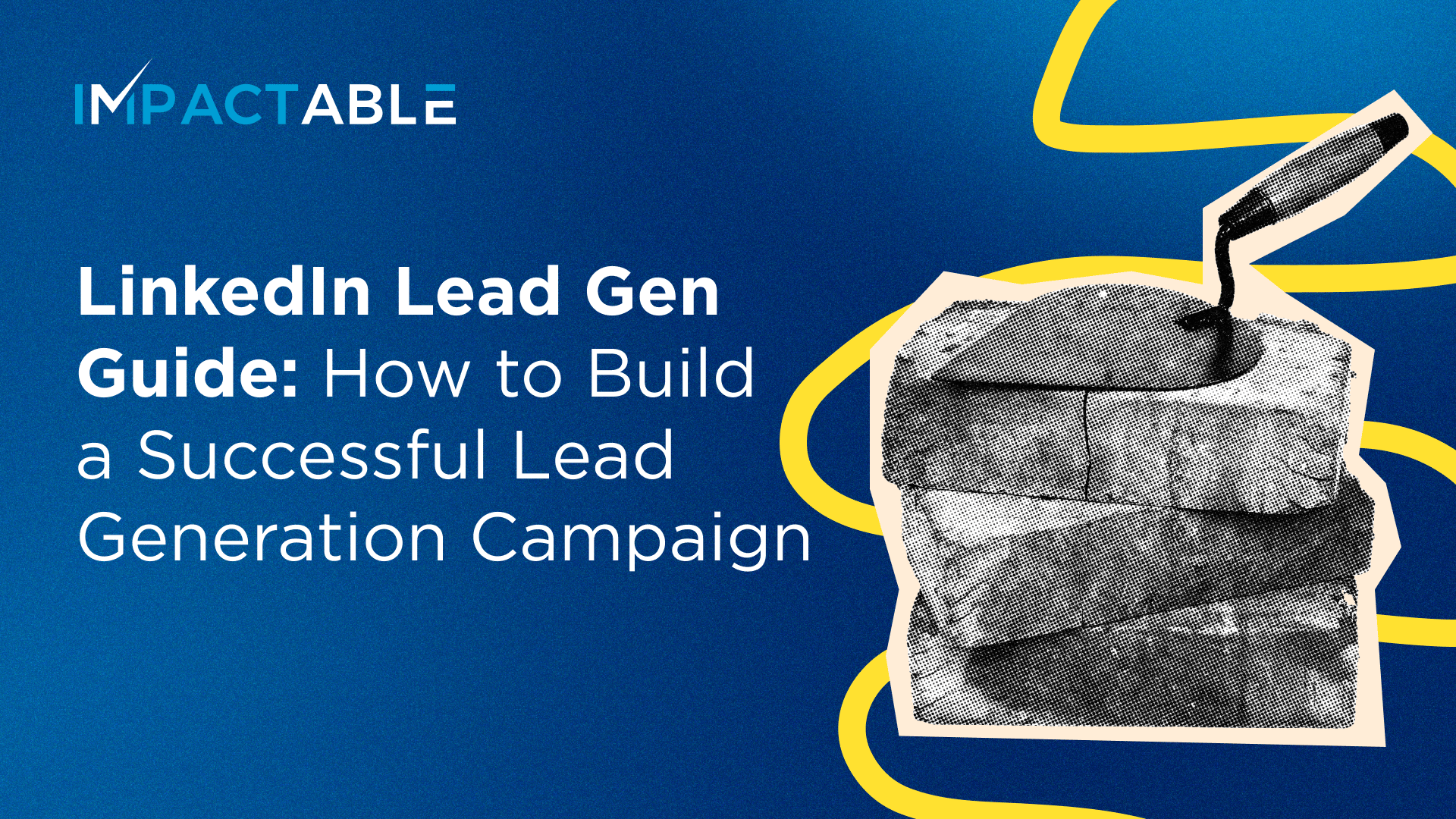LinkedIn single image retargeting allows marketers to not depend on website cookies to track user interactions and build a retargeting audience. With this option, you can track those who click or interact with Linkedin single image ads and retarget them even if your website doesn’t register that visit.
Sounds cool, right? It is. So let’s dive in deeper.
What’s the first thing you notice when you land on a website?
Their logo? The banner image? Usually, before you even see either of those properly – you get hit with the most annoying pop-up or banner which asks you to “Accept” certain cookies.
Yes, as a visitor, that pop-up can be annoying, but it protects your privacy, and websites are mandated to get your approval before using your data.
Let’s put our marketer’s hat on now and think of the other side of the story. You’re not too fond of this message either, right? You would rather have every visitor’s data to retarget them in future campaigns.
Instead, you’re left with only the ones that choose to accept the cookies.
Retargeting campaigns bore the brunt of changes in the cookie policy. Previously, you could retarget people who had visited your website or company page, watched a video, opened the lead gen form, or taken action there. These visitors were then fed to Facebook and LinkedIn for retargeting. That, however, changed after the cookie law was enforced where websites had to get consent from visitors to store or retrieve any information on a computer, smartphone, or tablet.
So, you had a much lesser number of people showing up as retargeting audiences. For instance, if you had an ad that got 200 clicks on your page, there might only be 75 people that show up in your retargeting audience because 125 of them opted out of the cookies. That’s a big problem, right?
Not for too long. To combat this, LinkedIn launched the single image retargeting ability in April 2022.
LinkedIn Single Image Retargeting Launched In 2022
LinkedIn recently rolled out a new feature where you could build retargeting audiences based on the engagement and clicks of single image ads. Let me explain. Imagine running a LinkedIn single-image ad campaign for your company to promote an e-book. The ad gets 500 clicks, but only 200 visitors are “cookied” and recorded in your LinkedIn retargeting campaign.
Now, with the new feature, you can retarget all the 500 people who clicked on that ad with a retargeting campaign and increase the chances of seeing conversions. Not just that, you can even widen your audience and target people who liked the ad, shared or commented on it, and those who clicked “read more”.
In April 2022, LinkedIn publicly released the ability to build retargeting audiences based on individuals who engage with LinkedIn single-image ads. LinkedIn essentially did away with the dependency on cookies and captured data at the source itself. This retargeting option is as reliable and fruitful as video views and lead-gen form retargeting.
So, who can you target with such ads?
Who Can You Retarget with a LinkedIn Single-Image Ad?
Through this option, you can build your retargeting audience by choosing:
- Single ad campaign or sponsored content based on posts you’ve promoted
- Engagement on the post or only chargeable clicks or both
- Timeframe of engagement: options include 30, 60, 90, 180, and 365 days
Essentially, you can build two types of retargeting audiences with this feature:
- Low-intent audience: You can grab everyone who interacted at all with your ad (whether they clicked “See more”, liked, commented, or shared it). Even the ones who were just curious and they clicked ‘Read more” in the caption of your ad so they could see the full text can be retargeted. They had the lesser intent, but you might still want to get back to those people.
- High-intent audience: The second group would be those who had chargeable clicks. These are the ones who actually clicked your call to action button on the ad image so that they were directed to the destination URL – you could segment that as a group.
Capturing these audiences is one of the most promising retargeting options LinkedIn has to offer. Let’s look at what you stand to gain.
Benefits of LinkedIn Single-Image Retargeting
Here’s why I am totally sold on single-image ad retargeting, and you should be too.
1 – LinkedIn Single Image Retargeting Captures People that Cookies Missed
As mentioned before, LinkedIn is no longer relying on website cookie data to build your retargeting audience, and they’re leveraging data from their own platform. So, now, you’ll be retargeting all the 500 people that interacted with your ad or content and not just the 200 that “accepted” the cookies.
There is talk that data laws will get tougher and tougher, which means moves like this will ensure we don’t ever lose our ability to retarget.
2 – LinkedIn Single Image Retargeting Starts Working for You Retroactively
Imagine you run that same ebook campaign using a single image ad, and after three months, realize that you couldn’t meet your conversion targets and decide to run a retargeting campaign to compensate. Alas, you forgot to add all the pixels you need to collect on the ebook landing page, so you have no retargeting audience to work with.
Because the data is stored inside of Linkedin, just like company page visits, it’s actually attractive, and you’re able to go back in time and grab all the interactions from that ad and not just from the point where you created the audience. This is a big bonus.
3 – You Can’t Ignore the Convenience LinkedIn Single Image Retargeting Brings
The thing about campaigns is that it works in layers. It takes up to 8-10 engagements with different content for a prospect to convert, so you have to filter your audience into stages. Assume that you have a cold ad that you use to drive website visitors and retarget them or add another layer where you say if they click this button on the website – you’ll retarget them.
Setting that up the usual way would need you to add special UTM (Urchin Tracking Module) codes on different URLs to track. With the new LinkedIn feature, you can simply set up layers with “if they interacted with this layer of ads, put this in front of them”. You tell LinkedIn, “if they engage with Ad 1, show them Ad 2”, then “if they engage with Post 2, 3, or 4, show them Ad 3”. Yes, it’s that convenient to create funnels with this feature.
4 – Small Companies Benefit the Most From LinkedIn Single Image Retargeting
One of the key learnings that we had with young companies or smaller businesses entering LinkedIn marketing with Impactable was that increasing the number of people you’re able to retarget made a significant difference in conversions. With LinkedIn single image ad, they can build larger retargeting audiences faster.
Previously, it would take time for companies to start retargeting, especially since they were paying per click and not all clicks were tracked. Now, with the new feature, you can retarget 100% of the clicks. In fact, you can retarget everyone who’s interacted with your previous ads in any manner.
5 – You Can Plan Diverse User Journeys after the Click
Since you could only rely on the “cookie monster”, the only choice you had was to take them to your website or a landing page that had the LinkedIn insights tag. We’ve seen clients who initially wanted to send people to webinar pages or event platforms but couldn’t because they could not get the LinkedIn pixel on it. Some clients even struggled with landing page builders where they couldn’t get the code to work on.
So, opportunities were lost, and visitors were redirected. Not anymore, with your tracking beginning and ending on LinkedIn itself, people clicking on the ad can go anywhere you want – your podcast page, YouTube page, or your Facebook group. No more going to pixeled pages only!
Look at one of our ads: it leads to our Youtube channel and prompts the users to subscribe. As we’re using single image ad retargeting, we can track clicks and even see conversions from this ad and many similar ads that we run.
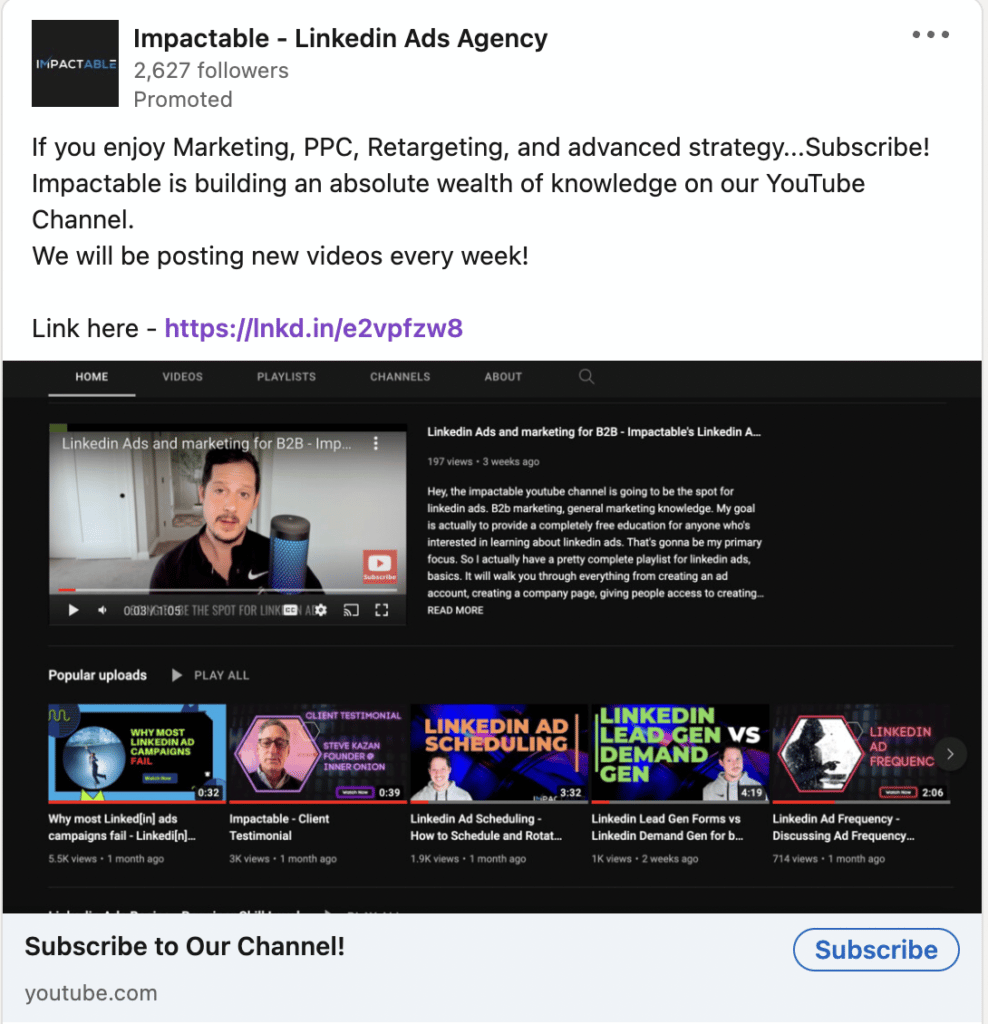
Here are some of our text ads (in red) that lead to our Youtube page and yet are showing conversions!
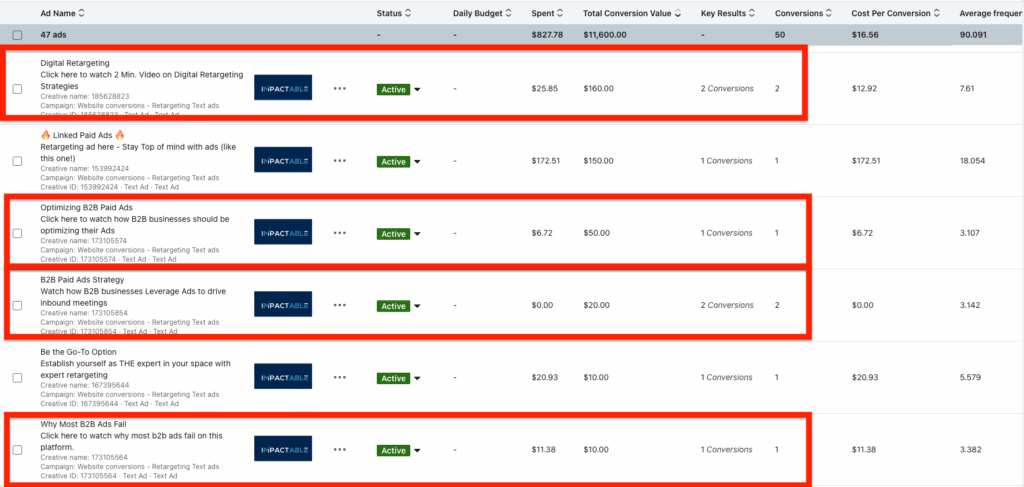
After all, why should your user journey be restricted anyway?
6 – You Don’t Depend on the LinkedIn Insights Tag
LinkedIn insights tag is just a code – and code can sometimes break or stop working. Thankfully, you’re not dependent on it anymore. You can send people to your podcast or YouTube pages, you can still track them. You don’t have to rely on a dev guy to add the pixel to your website code and every new webpage you create!
Summing It Up
I’ve always advocated retargeting as a marketing strategy, and by rolling out this feature, LinkedIn approves! Like I always remind my clients, we don’t need to reach out to a million people who may or may not be interested in us but we must reach out to those 10,000 who are and keep reminding them about us. The single image ad retargeting feature by LinkedIn has not only made it too simple for you to know who’s interested in your brand but also to ensure you’re at the top of their minds.
If you’re looking for a team of experts to build your LinkedIn marketing (and retargeting!) strategy, schedule a call to explore how Impactable can help you!


